Om Samarkand
Pakistani carpets Pakistan does not have an old tradition to rely on when it comes to carpet production. Certainly nothing like Iran. However, going back to the 1600s, under the Mughal dynasty, they brought in knotters and designers from Persia so that they could learn the craft. The knotting of...Read more
Showing 1–30 of 241 results
-
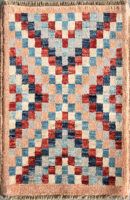
Samarkand Tæppe
tg0794060cm x 40cmkr. 890,- -
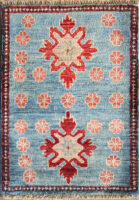
Samarkand Tæppe
tg0794160cm x 40cmkr. 890,- -
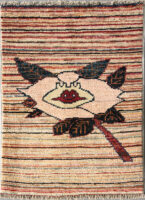
Samarkand Tæppe
tg0794260cm x 40cmkr. 890,- -
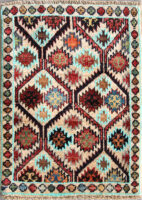
Samarkand Tæppe
tg0794360cm x 40cmkr. 890,- -
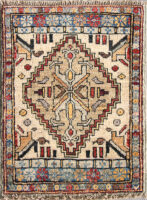
Samarkand Tæppe
tg0794460cm x 40cmkr. 890,- -
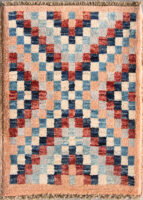
Samarkand Tæppe
tg0794760cm x 40cmkr. 890,- -

Samarkand Tæppe
tg0794860cm x 40cmkr. 890,- -

Samarkand Tæppe
tg0794960cm x 40cmkr. 890,- -
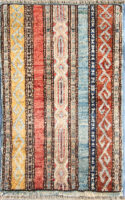
Samarkand Tæppe
tg0795060cm x 40cmkr. 890,- -
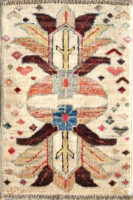
Samarkand Tæppe
tg0795160cm x 40cmkr. 890,- -

Samarkand Tæppe
tg0795260cm x 40cmkr. 890,- -
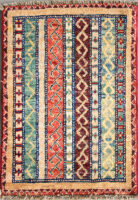
Samarkand Tæppe
tg0795360cm x 40cmkr. 890,- -
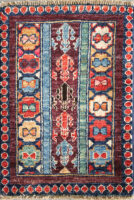
Samarkand Tæppe
tg0795460cm x 40cmkr. 890,- -

Samarkand Tæppe
tg0795760cm x 40cmkr. 890,- -
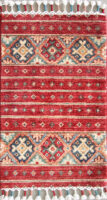
Samarkand Tæppe
tg0773563cm x 40cmkr. 1.300,- -
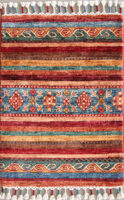
Samarkand Tæppe
tg0773864cm x 46cmkr. 1.300,- -

Samarkand Tæppe
tg0853489cm x 49cmkr. 1.990,- -

Samarkand Tæppe
tg0855398cm x 51cmkr. 1.990,- -

Samarkand tæppe
507486cm x 59cmkr. 2.600,- -
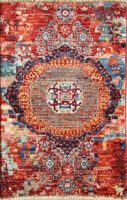
Samarkand Tæppe
455997-4490cm x 57cmkr. 2.990,- -

Samarkand Tæppe
5007MK89cm x 58cmkr. 2.600,- -
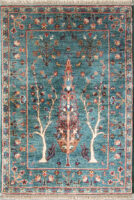
Samarkand tæppe
501287cm x 60cmkr. 2.600,- -
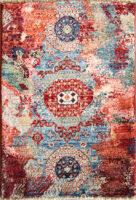
Samarkand Tæppe
455993-4089cm x 60cmkr. 2.990,- -

Samarkand Tæppe
506989cm x 60cmkr. 2.900,- -

Samarkand Tæppe
tg0793190cm x 60cmkr. 1.900,- -
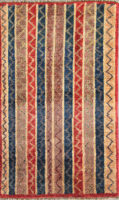
Samarkand tæppe
tg0793390cm x 60cmkr. 1.900,- -
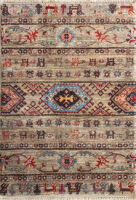
Samarkand Tæppe
507090cm x 62cmkr. 2.900,- -

Samarkand tæppe
tg0732492cm x 61cmkr. 2.400,- -
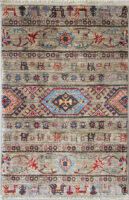
Samarkand tæppe
500788cm x 64cmkr. 2.600,- -

Samarkand Tæppe
tg0848997cm x 60cmkr. 3.200,-
Showing 1–30 of 241 results
Mere om Samarkand
Pakistani carpets
Pakistan does not have an old tradition to rely on when it comes to carpet production. Certainly nothing like Iran. However, going back to the 1600s, under the Mughal dynasty, they brought in knotters and designers from Persia so that they could learn the craft. The knotting of cheap, commercial carpets began during the 1940s. The carpet industry has been concentrated around the towns of Karachi, Lahore and Hyderabad. At the beginning, they knotted replicas of Turkmen, Afghan and Persian carpets. Some of the carpets from back then were so good that it took a specialist to tell them apart from the originals. Later, production became more commercial and the quality dropped substantially. They use synthetic dyes and the wool is spun by machine. The wool is one of the easiest ways to tell Pakistani carpets apart. It seems softer than other types of wool used for carpet production, and it can also feel a bit greasy. This is because glycerine is often added to make it shinier. In the past, you would most often find carpets with classic patterns, such as the bochara pattern. Today, every imaginable pattern is being knotted in Pakistan, both classic and modern. They fluctuate greatly in quality and can at times be fairly good.
Pakistani-Afghan carpets
You see carpets on the market today that are knotted in Afghanistan, but which are traded as Pakistani carpets. There is a grey zone where Afghan refugees knot carpets in Pakistani camps. Many carpets are also being transported from Afghanistan to Pakistan, where they are washed and prepared for sale. Then, labels are attached, which indicate that they were made in Pakistan because this provides Pakistan with financial subsidies for carpet production and export. This means, that it is cheaper to buy Afghan carpets in Pakistan than in Afghanistan. Since it is also easier and cheaper to have the carpets transported to the West through Pakistan, this is an attractive way to carry out export. Unfortunately, this results in incomplete and misleading information about the origin of the carpets
Source:
You are reading an extract from the book ‘Oriental Carpets, Knottet with Love’ by Martin Munkholm.
This extensive book about all that is carpets can be borrowed in Danish libraries or be bought following this link: https://belle-rugs.dk/vare/bog-aegte-taepper-knyttet-med-kaerlighed/
The book is published by Muusmann Forlag.
For more info: http://muusmann-forlag.dk/
You can find our selection of Samakand carpets underneath.
